As an energetic pickleball player, I have seen how this thrilling game has quickly developed throughout the long-term period. What started as a backyard game has now changed into a worldwide extraordinary game. It was no surprise that I felt very blissful when the rule updates of pickleball for the year 2025 were launched. These updates give an edge to the game, making it more varied, clear, and complete. This article scrolls us through some of these thrilling changes. Let’s look into them one by one. I will point out the most important new rules, revisit some with modifications, and give an idea of how those changes affect players at every level. “Hit the floor with double the power, double the confidence, and, of course, double the rule updates!”
How about we jump further into the standout rule changes that every player has to be aware of? This will provide a clear edge on the major rule updates for the year 2025.
Detailed Analysis of the Major Rule Changes
-
Non-Volley Zone Rules (Rule 9.B.3)
One of the most debated changes in 2025 is the clarification of the Non-Volley Zone (NVZ) rules. Previously, a volley encompassed everything, from the backswing to ball contact and the follow-through. Not anymore. Starting in 2025, a volley is counted only from the moment your paddle makes contact with the ball. Now, how is this going to create an impact on certain things? It’s time for taking a closer look at the legal and illegal updates related to NVZ rules.
Legal Fault Paddle Contact with Ground in NVZ The paddle can touch the ground within NVZ before striking the ball, as long as the player stays balanced and does not fall into the NVZ while hitting. Using the paddle for support or balance, falling into the NVZ after hitting the ball violates the rule. Jumping from the NVZ line Players are allowed to jump from the NVZ line, strike the ball in mid-air, and land inside the NVZ. This is legal as long as the volleying is completed before landing inside the NVZ. The rules are more lenient in terms of jumping and volleying in the year 2025. Jumping from the NVZ line and landing inside the NVZ zone before striking the ball is illegal. Players, by any chance, are not allowed to make contact with the NVZ during a volley. -
No Spectator Influence on Line Calls (Rule 7.A.5)
Spectator interference is formally prohibited in 2025. Players should depend exclusively on their own vision before calling out a ball. The new rule specifies that a ball is called “out” only if there is a clear gap noticeable between the ball and the line. In addition, the referee is entirely empowered to decide if the ball is in or out, without relying on players or spectators. It creates an increase in fairness and avoids questions with the influence of outsiders. The players will need keen concentration during rallies.
-
Paddle Specifications (Rule 2.C.1)
In 2025, USA Pickleball raised the bar on paddle specifications, and some big names didn’t meet the criteria. Paddles like the JOOLA Perseus Mod, Gearbox Pro Power Elongated, and ProKennex Black Ace series were banned for exceeding the Paddle/Ball Coefficient of Restitution (PBCoR) limits. What exactly do you mean by PBCoR limits? It basically measures the reinforcement delivered by a paddle towards the ball. We must have definitely come across the term “Trampoline Effect”. Likewise, if the PBCoR is high, it clearly paves way for the ball to bounce off the paddle with insane speed. In simple terms, they deliver too much power.
The current limit for PBCoR is 0.44, as per the latest regulations. This limit would ensure less energy retention, making the game fair enough and controlled. Most of you might wonder how it is calculated. The PBCoR is calculated by measuring the rebound velocity through dropping a ball onto a paddle relative to its inbound velocity (the speed of the ball before hitting)
PBCoR = Vrebound/ Vinbound -
“Not Prepared” Signs (Rule 5.A.3)
Communication between the players during serves has been made more organized. If a player is not ready, they can now raise their hand or say “Wait.” If the opposing team serves despite the signal, a re-serve is mandated. This prevents an unfair advantage in the service and keeps players ready for every rally
Calling Faults (Rule 7.B.1)
Calling faults during rallies now requires agreement from your team. For example, in case you sense an opponent has made a foot fault, then your teammate should concur before making the challenge. This change encourages team communication and reduces unnecessary interferences. This update also prevents misleading conclusions raised about the opponent team during the rally. -
Serving Rules (Rule 4.B.2)
Players now have the flexibility to toss the ball using their paddle, in addition to their off-hand, while serving. However, spin serves, whether initiated with the hand or paddle, are explicitly prohibited. The great effect is that serving styles will witness tactical changes, focusing on accuracy rather than spin.
-
No Spectator Influence on Line Calls (Rule 7.A.5)
Spectator interference is formally prohibited in 2025. Players should depend exclusively on their own vision before calling out a ball. The new rule specifies that a ball is called “out” only if there is a clear gap noticeable between the ball and the line. In addition, the referee is entirely empowered to decide if the ball is in or out, without relying on players or spectators. It creates an increase in fairness and avoids questions with the influence of outsiders. The players will need keen concentration during rallies.
-
Clothing Visibility (Rule 2.B.5)
To increase visibility, there is a no-clothing rule that should not resemble the color of the ball. This makes the game even clearer, eliminating confusion during rallies. This rule was developed in order to prevent misinterpretation and for greater clarity in the game.
-
Doubles Rally Scoring (Rule 4.A.2)
Perhaps the most revolutionary change in pickleball history so far is the adoption of rally scoring in doubles matches. Points are now awarded on every rally, regardless of which team is serving. This, in general, changes the pattern of pickleball, making games quicker and more dynamic. Teams must adapt to this high-pressure scoring system. As noted by Pklmart’s Alex Spancake, Traditional scoring games exhibited more variability in game length by 44.32% compared to rally scoring games, even though both formats averaged just over 40 rallies per game.
-
Medical Timeouts and Other Adjustments (Rule 6.C.2)
The rulebook specifically outlines considerations for medical breaks so that they are used appropriately and not to extend the game unreasonably. All these changes have contributed to the popularity of the game, bearing in mind both player well-being and competitiveness.
Training Recommendations
Contemplation on the revolutionary updates makes it obvious that the players need to get accustomed to the changes as soon as possible. These are the must-know tips through which you can ace the game. The below-listed suggestions are unique and align perfectly with the new updates released in pickleball.
-
Mastering Footwork:
Practice controlled volleys to avoid stepping into the NVZ. Consistent efforts in mastering the footwork positioning can be super beneficial, especially if the player is bad at handling momentum infringements.
-
Clear Focus:
Improve line-call accuracy by training your ability to judge close calls. If players are not vigilant enough in noticing the faults associated with lines, 2025 can be challenging. Have an eye on the opponent team as well. This can help you score a point in certain situations where the opponent team collapses in relation to foot faults.
-
Serving Precision:
Experiment with paddle-toss serves to gain consistency without spin. This is obvious because you can now master the serves not just by off-hand but also by using the paddles. The practice sessions can guarantee a strong grip over the huge areas of concentration. For example, the new scoring system can be used by players to get accustomed to the matches by practicing rally scenarios.
Reactions to the Changes
Mixed emotions have been responded by the pickleball enthusiasts. Some players, especially from the competitive point of view, have appreciated the decision for fairness and professionalism. On the other hand, casual players complain about the difficulty of some rules, like rally scoring. As quoted by renowned coach Tom Tadler, “These changes will make the game more exciting and spectator-friendly.”. However, it requires players to put extra effort to master the nuances. Social media is flooded with discussions, and as long as the debate continues, the pickleball fans tend towards the positive development of the game.
Indeed, the players basically need to acknowledge these changes and face the difficulties with a dashing spirit. I am way too excited to watch these fuel-driving matches in the forthcoming days.
Conclusion
Let the 2025 pickleball updates find the opportunity to consider the importance required inside the gameplay. Using acute clarity on simple, consistent and persistent changes ensures that pickleball continues to soar as one of the fastest evolving sports on the planet. Upon entering the court, let’s celebrate these with excitement and the ability to bend. Whether you’re a seasoned pro or a newcomer, understanding these rules will enhance your experience and keep you ahead in the game. Before you head out, ensure you’re up to date with these transformative rules. The new era of pickleball is here!
If you’re enthusiastic in delving more into these rules, check out the link provided below: https://usapickleball.org/docs/2025-USA-Pickleball-Rulebook.pdf
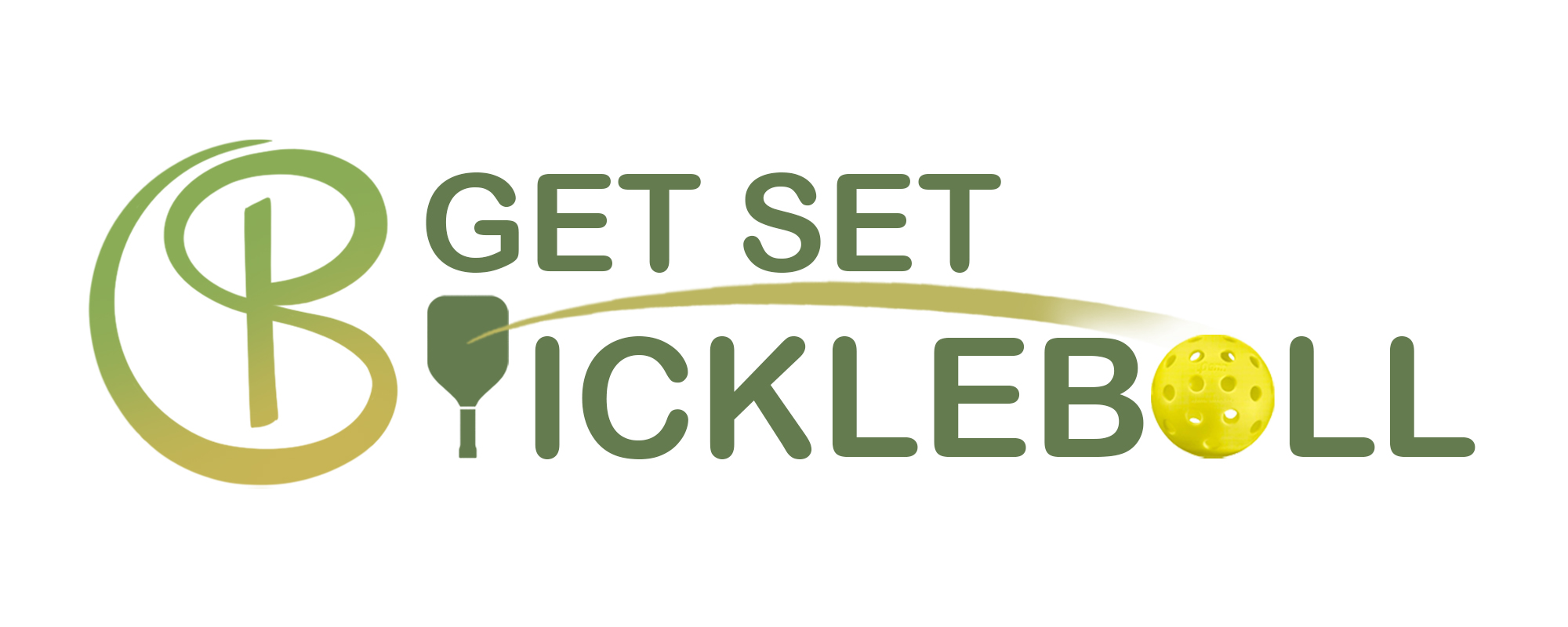
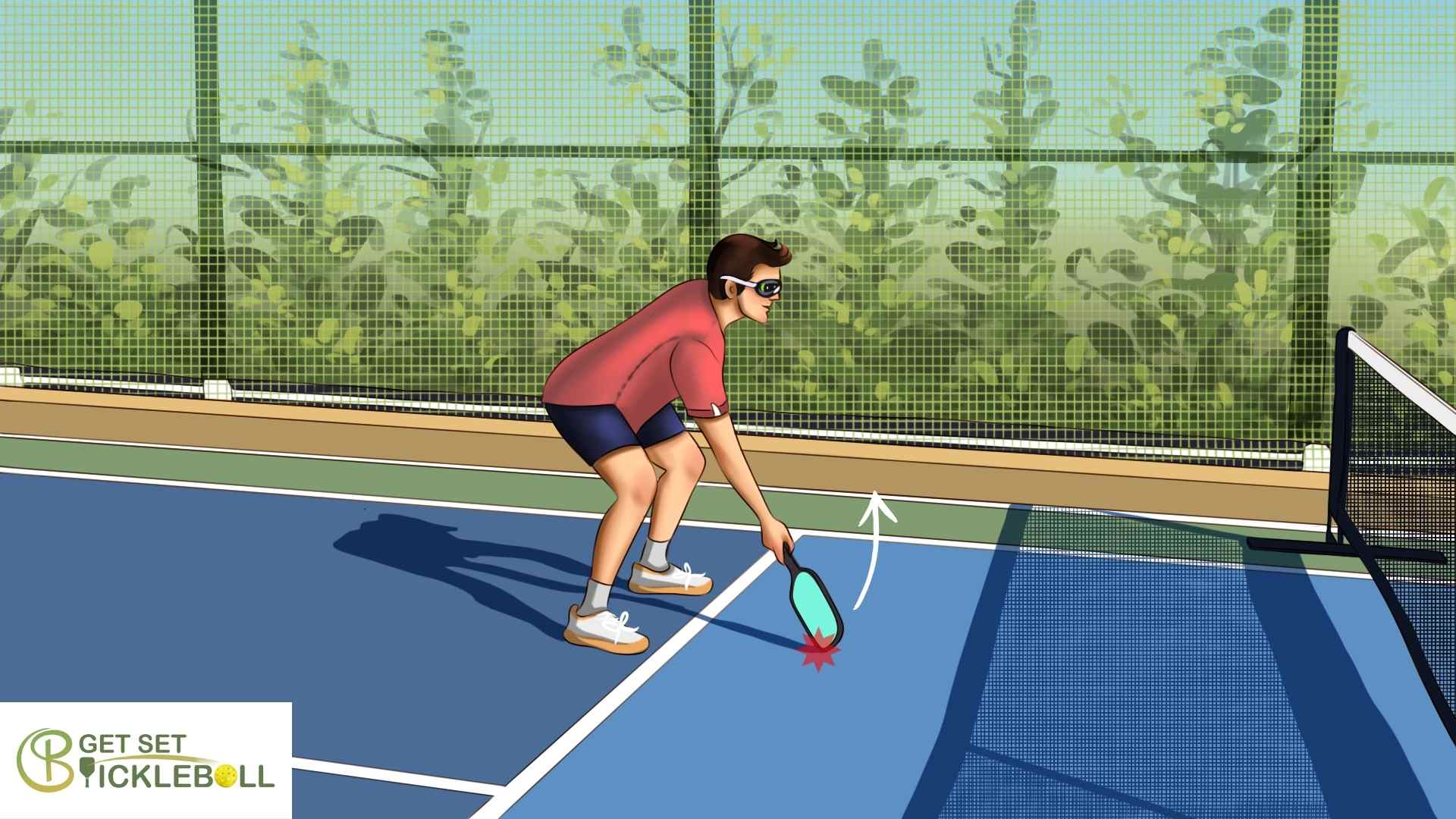

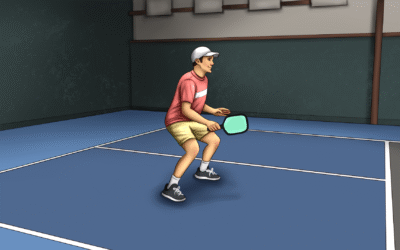
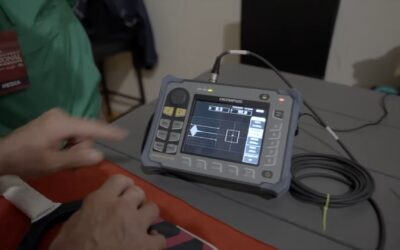
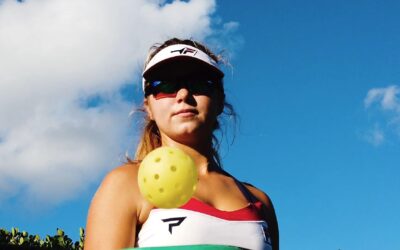
0 Comments